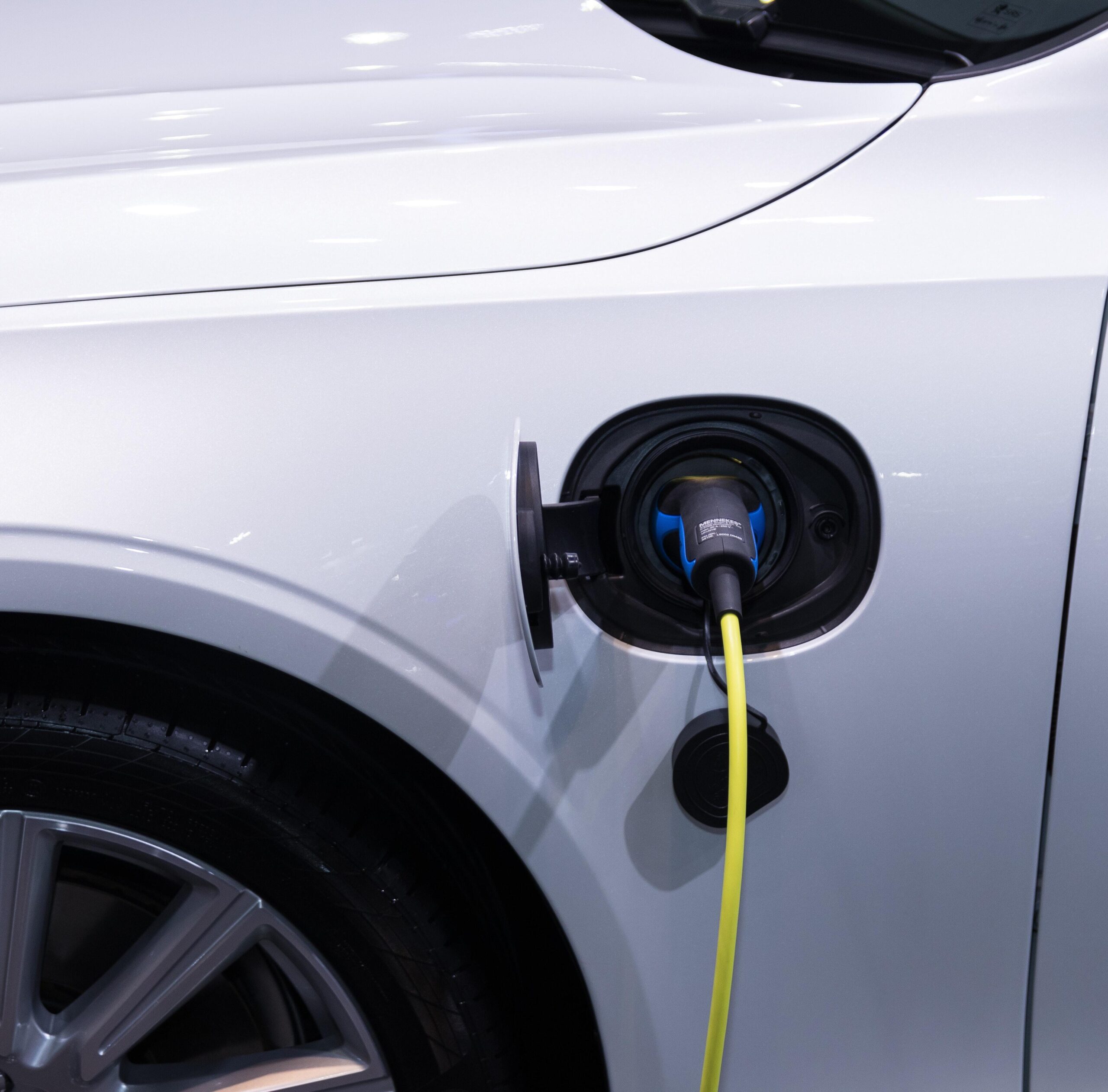As we enter the new year, 2022 promises to be an interesting year when it comes to mobility trends. With the European Union commission presenting it’s latest proposal to combat climate change.
The tougher climate policy means that there are several changes in many major industries and markets. This strong standpoint on climate change is projected by the EU commission to involve a ban on internal combustion engines by 2035 proposed in July. We are also bound to see more diversification and digitization in the mobility sector. We’ve covered a few interesting insights and trends in the sector for next year.
1. De-Incentivising Individual Usership
In accordance with the EU green deal there is a movement to de-incentivise a single owner to one vehicle and a movement to share car ownership in major cities. This comes at a time in which cities find themselves taking considerations into how they approach mobility and sustainable models to that approach.

2. Interest in Online and Contactless Services Remains stable
As “the new normal” becomes the status quo we’re seeing that between 2020-2021 that the movement towards online and contactless services and purchases remains roughly the same since the first waves of the covid-19 pandemic which means that automotive businesses should accommodate to the new consumers whether in terms of leasing or purchase.
3. Charging stations
With the decline of fossil fuels projected in 2030-2040 the move towards a different kind of “petrol station” is on the rise. Electromobility is the future, and the near future at that. But in order to make it a reality rather than a hopeful possibility the infrastructure of cities has to accommodate the placement of energy charging stations while changing traditional gas and petrol stations.
These are facts that should go without saying but in the next few years what we hope to see is also an attention to stressors such as range anxiety in which drivers fear that the battery will not be sufficient for a trip. It is suggested that there will be a move towards charging in the workplace which means that people could charge their vehicles at a time that is not affecting the electrical load (during idle times) because it tends to be higher around the time that people have to commute to work and on their return from work. The key takeaway here is better integration of EV’s in the mobility system.


4. New Forms of Ownership
Another insight of value suggested by Mckinsey & Co. regards forms of ownership in the automotive industry. The survey suggests that consumers prefer having constant access to a vehicle so we should expect to see higher penetration levels for services that offer short term leasing and subscription models in 2022.
5. Cybersecurity & Software
Last but not the least trend of 2022 is the need to integrate security into mobility processes and that their reaction time is quick when it comes to security incidents. This means that businesses and services that are primarily online should be able to react quickly and to issue software updates if an issue arises.
Title section 4 [mobile]
Lorem ipsum dolor, sit amet consectetur adipiscing elit cubilia mollis aliquet sit semper. Phasellus consequat sem metus magna accumsan amet finibus vitae platea bibendum mauris pulvinar.
Litora adipiscing diam primis ligula pharetra mus litora taciti posuere tincidunt orci. Gravida rhoncus duis pretium ornare class semper pretium lorem iaculis facilisis tempor convallis dis.

Sign Up Today to be the first to use Volvero
Already available for pre-registration on Google Play



